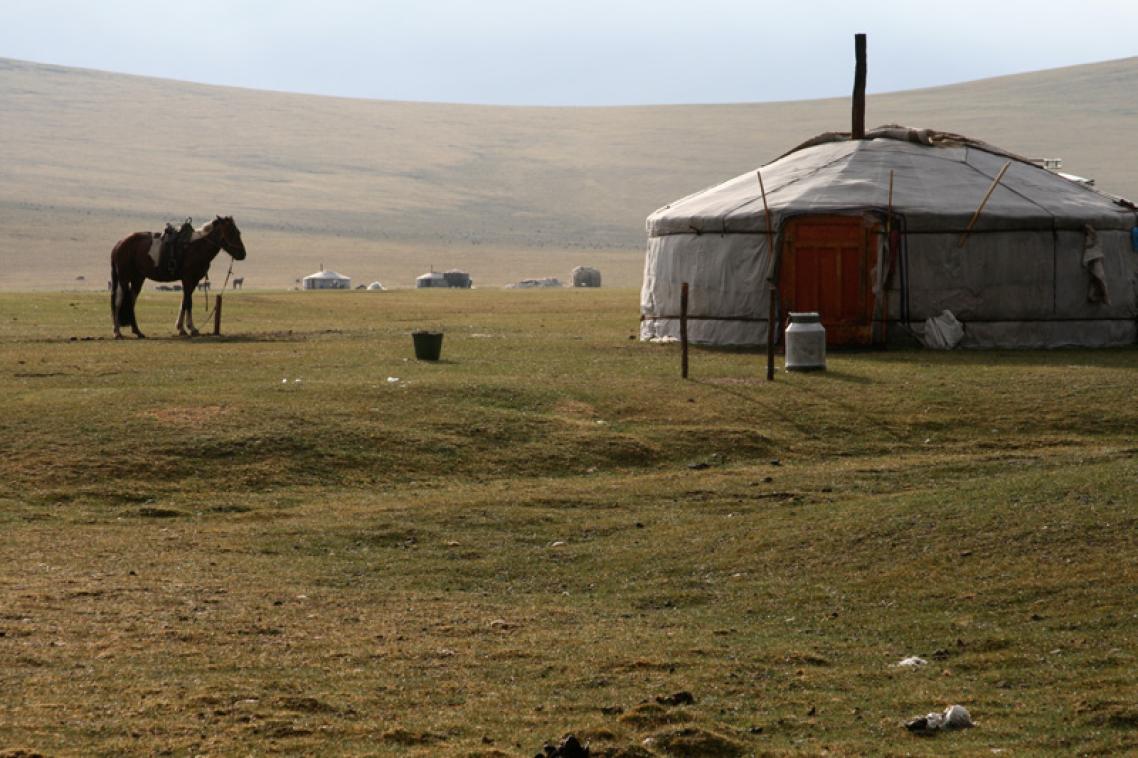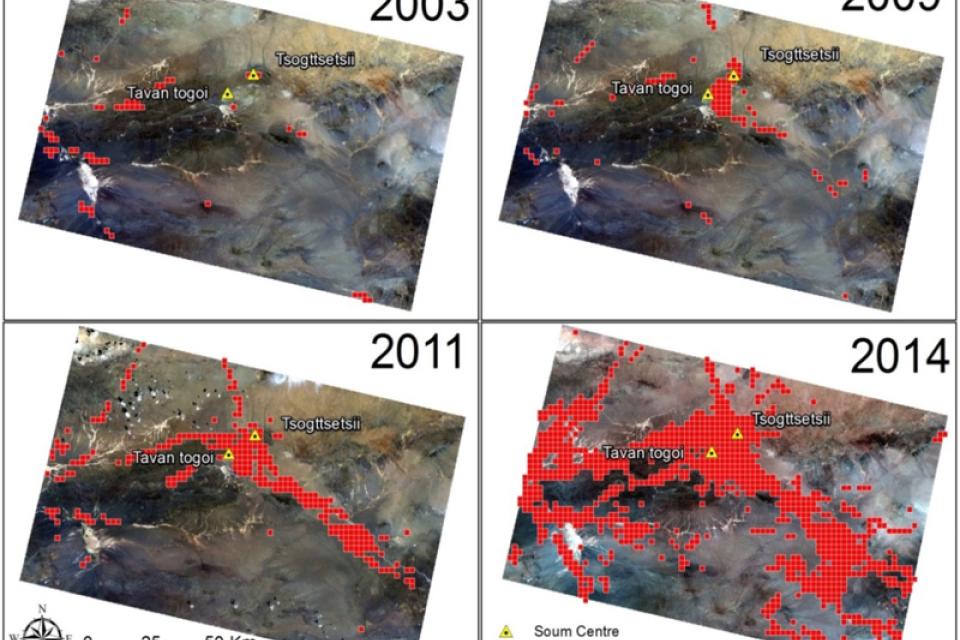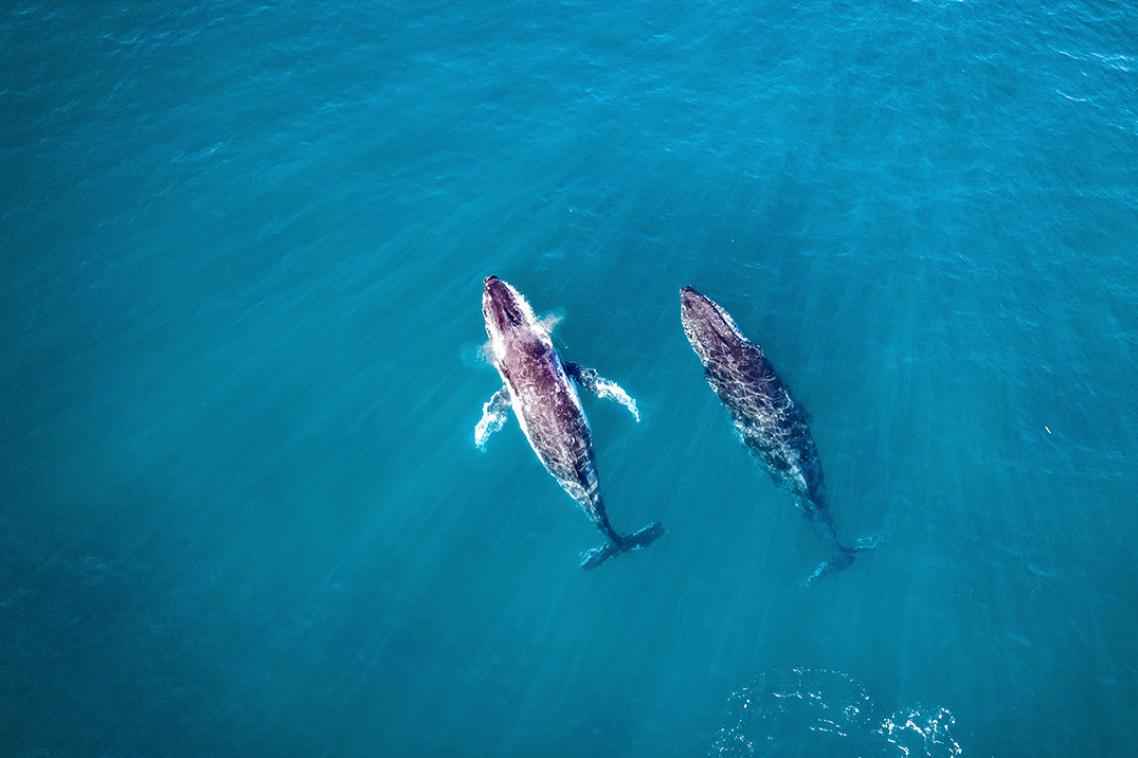Research on Mongolian mining

Mining provides income and infrastructure to Mongolia, but it also brings drastic social and environmental changes, new research shows.
Research from The University of Queensland’s Sustainable Minerals Institute, in conjunction with the Gender Center for Sustainable Development in Mongolia, has found the impact has been greatest on herder populations.
Dr Isabel Cane of the CSRM Mongolia Research Hub, who managed the research, said recent controversies had highlighted that there were positive financial and physical outcomes from mining, but this was often accompanied by drastic social change and environmental degradation.
“We can’t underestimate the benefits that mining has brought to these regions,” Dr Cane said.
“Mining provides an alternative income source for herders during difficult seasons and extreme weather conditions.
“Improved public infrastructure through investments in hospitals, telecommunications and schools has also improved access to care and widened social networks.
“One of the most difficult issues for minerals development globally and within Mongolia is balancing or indeed ensuring that the positive impacts from mining outweigh the negative.”

Dr Cane said household interviews and geographic information system (GIS) mapping enabled the research team to document social changes and impacts to the local environment since the arrival of mining.
Researcher and GIS specialist Phillip McKenna said one of the challenges identified was the lack of available pasture and subsequent losses of income and livelihood options for nomadic farmers, based on 30-years of documented changes in mine-affected areas.
“Our findings suggest that unmanaged roads have impacted up to 400,000 hectares of area that supports herders. This raises concerns for loss of access to pastureland and income,” Mr McKenna said.
The team will present its findings at the Ministry of Foreign Affairs Mongolia with the International Mining for Development Alumni Forum on 3 June. The event will showcase Australian-Mongolian research and collaborations in responsible mining and development.
The research will be published here in both Mongolian and English.
The research was led by SMI’s Centre for Social Responsibility in Mining under the direction of Professor Saleem Ali.
It involved SMI’s Centre for Water and the Mining Industry, the Centre for Mined Land Rehabilitation and the Australian National University.
Image above: Satellite imaging shows the growth of the Coal Road by estimating the number of trucks traversing the unpaved road per day.
Media: Dr Isabel Cane, +61 7 3346 4042, i.cane@uq.edu.au.
Related articles

Decades of surveys show whale migration shift

Thousands of Queensland reef photos lead to worldwide change
Media contact
UQ Communications
communications@uq.edu.au
+61 429 056 139
